There are several reasons why you should learn how to connect a motion sensor to your CCTV system. First and foremost, it allows for enhanced security measures. By setting up a motion sensor, you can receive immediate notifications and alerts when there is movement detected in the areas covered by your CCTV cameras.
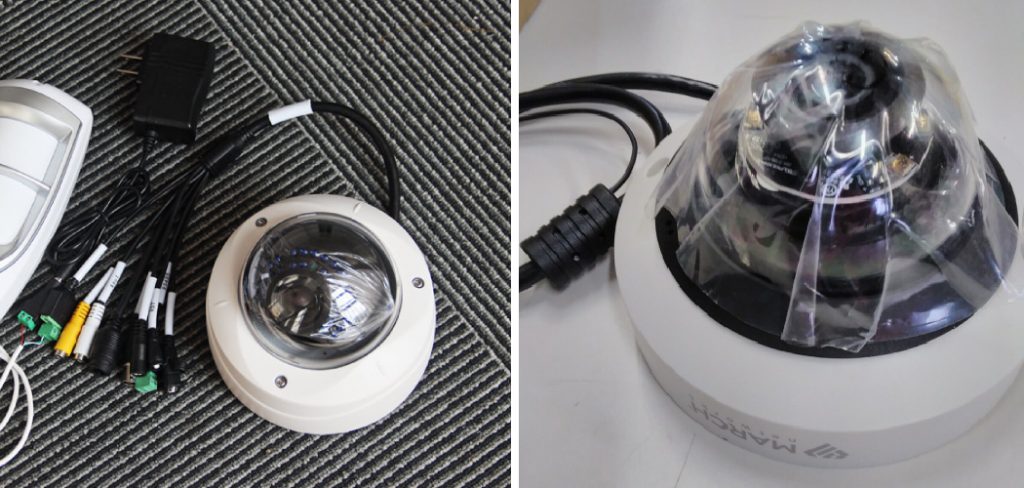
The main advantage of connecting a motion sensor to your CCTV system is the increased level of security that it provides. By using a motion sensor, you can ensure that your cameras only start recording when there is movement in the designated area.
This reduces the amount of unnecessary footage being recorded and saves storage space on your DVR or cloud storage service. In this blog post, You will learn in detail how to connect motion sensor to cctv.
Step-by-step Instructions for How to Connect Motion Sensor to CCTV
Step 1: Inspect Your Motion Sensor
When you first purchase a motion sensor, it is important to inspect it for any damage or defects. Make sure all parts are included and in good condition before attempting to connect it to your CCTV system.
Step 2: Familiarize Yourself with the Parts
Before connecting the motion sensor, make sure you know what each part is and how it functions. This will make the process smoother and prevent any errors. The placement of your motion sensor is crucial for its effectiveness. It should be installed in a location that covers a wide area but also avoids any potential obstructions, such as trees or buildings.
Step 3: Connect to Power Source
Most motion sensors require a power source, whether it be batteries or wired. Follow the manufacturer’s instructions to properly connect the motion sensor to its power source.Motion sensors have different ranges that can be adjusted depending on your needs. Make sure to test and adjust the range before finalizing the installation to ensure proper detection.
Step 4: Connect to CCTV System
Once the motion sensor is properly connected to its power source and has been tested, it can be linked to your CCTV system. This can usually be done through a wired or wireless connection. Configure the settings on your CCTV system to recognize and respond to the signals from the motion sensor. This will allow for seamless integration between the two devices.
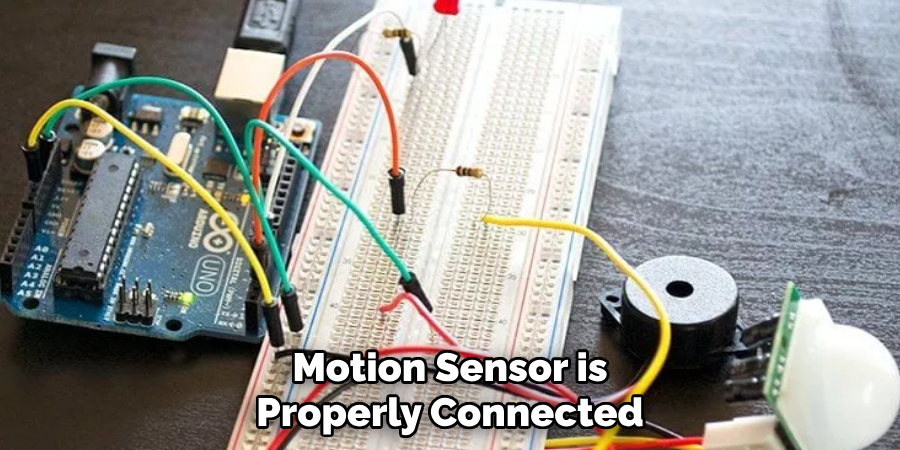
Step 5: Test the Connection
After all connections have been made, it is important to test the connection between the motion sensor and CCTV system. This will ensure that they are properly communicating with each other. If any issues arise during testing, make adjustments to the placement or settings of the motion sensor and CCTV system until a strong and reliable connection is established.
Step 6: Regular Maintenance
To ensure the longevity of your motion sensor and CCTV system, it is important to perform regular maintenance. This includes checking for any obstructions or damage, replacing batteries if necessary, and cleaning any debris from the sensor’s lenses.
By following these steps, you can easily connect a motion sensor to your CCTV system and enhance the security of your property. Remember to always follow manufacturer’s instructions and perform regular maintenance for optimal performance.
Safety Tips for How to Connect Motion Sensor to CCTV
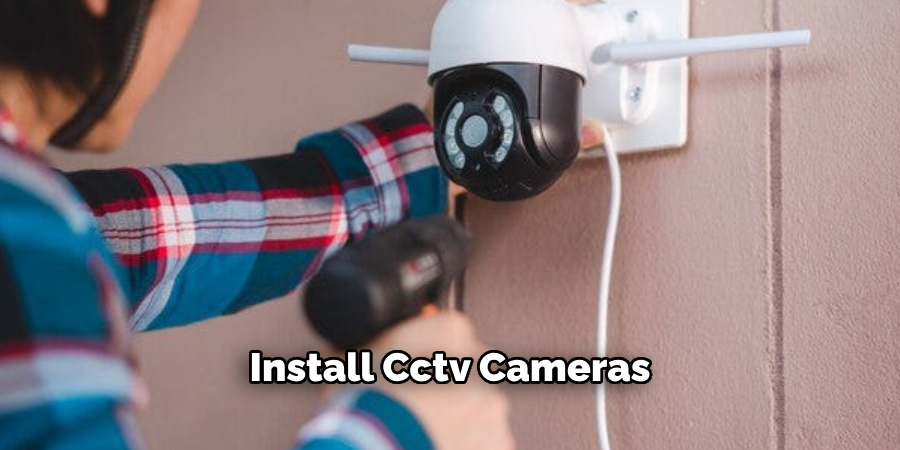
- Install CCTV cameras in locations that reduce blind spots and increase visibility. This ensures that you have a clear view of any motion detected by the sensor.
- Regularly check for signs of wear and tear on both the motion sensors and CCTV cameras. Replace them if necessary to ensure they function properly.
- Keep all cables and wires neatly organized and away from potential damage or tampering. This helps prevent any accidents or malfunctions.
- Always use high-quality equipment from trusted brands. Cutting corners and using cheap or low-quality products can lead to faulty systems and put your safety at risk.
- Test your CCTV cameras and motion sensors regularly to ensure they are functioning correctly. Consider scheduling regular maintenance checks by professionals for optimal performance.
- Keep the areas around your CCTV cameras and motion sensors well-lit. This can act as a deterrent to any potential intruders and also help improve the quality of captured footage.
- Make sure to secure your CCTV system with strong passwords, encryption, and other security measures. This helps prevent unauthorized access and protects your privacy.
These are just some basic safety tips that can help ensure a smooth installation process and keep your CCTV system functioning properly. Additionally, always follow the manufacturer’s instructions and guidelines when connecting a motion sensor to your CCTV. By taking proper precautions, you can not only protect your property but also ensure the safety of yourself and others.
Are There Any Maintenance or Upkeep Tasks Required for Motion Sensors Used With CCTV?
Motion sensors are a crucial component of any CCTV system, as they are responsible for detecting movement and triggering the recording or live feed. As with any technology, maintenance and upkeep tasks are needed to ensure that motion sensors continue to function properly.
Firstly, it is important to regularly clean the lenses of motion sensors. Over time, dust and dirt can accumulate on the lens, which may affect the accuracy of motion detection. Simply wiping the lens with a soft, dry cloth can help keep it clean and free from any obstructions.
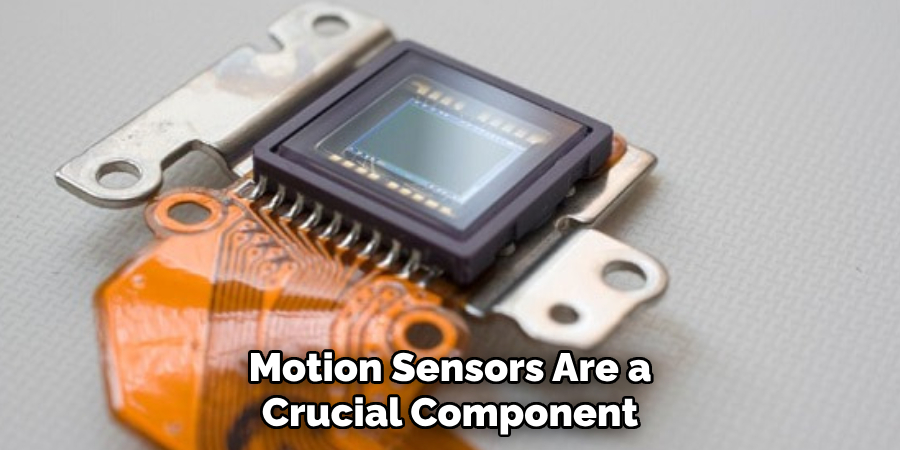
Secondly, check for any physical damage to the motion sensors. As they are typically placed in outdoor areas, they are susceptible to weather and other environmental factors that could potentially damage them. If there is any visible damage or malfunction, it is important to address it immediately and potentially replace the sensor.
Furthermore, it is important to regularly check the placement of motion sensors. Over time, they may become misaligned or moved due to external factors such as wind or animals. Ensuring that they are properly positioned and aligned can help maximize their effectiveness.
What Are Some Common Troubleshooting Steps if the Motion Sensor is Not Working Properly With Your CCTV System?
If the motion sensor is not working properly with your CCTV system, there are a few troubleshooting steps you can take to try and resolve the issue. Firstly, check all the connections between the motion sensor and your CCTV system. Make sure they are secure and free from any damage. Sometimes loose or faulty connections can cause issues with the functionality of the motion sensor.
Next, check the power source for your motion sensor. If it is battery-operated, make sure the batteries are fresh and properly inserted. If it is wired, ensure that the power supply is working correctly.
If both connections and power sources seem to be in order, you can try resetting your CCTV system. This may help to resolve any software or technical glitches that could be affecting the motion sensor. Refer to your CCTV system’s manual for specific instructions on how to reset it.
If the issue still persists, it may be worth checking the field of view for your motion sensor. Make sure there are no obstructions or objects that could be interfering with its detection capabilities. Adjusting the positioning or sensitivity settings of the motion sensor may also help improve its performance.
What Are the Benefits of Using a Motion Sensor With CCTV Compared to Other Forms of Surveillance?
Using motion sensors with CCTV technology has numerous benefits compared to other forms of surveillance. In this section, we will discuss some of the key advantages of using a motion sensor with CCTV.
1. Cost-effective
One major advantage of utilizing motion sensors with CCTV is its cost-effectiveness. Traditional surveillance methods such as security guards can be quite expensive and may not be feasible for smaller businesses or homeowners.
On the other hand, motion sensors can detect any movement and trigger the CCTV cameras to start recording, eliminating the need for constant monitoring by a security guard. This not only saves on labor costs but also reduces the likelihood of human error during surveillance.

2. Energy-efficient
Motion sensor-powered CCTV systems are also energy-efficient as they only activate when motion is detected. This means that the cameras are not running constantly, saving on electricity costs and reducing wear and tear on the equipment. Additionally, some motion sensors can be powered by solar energy, making them even more environmentally friendly and cost-effective.
3. Increased Accuracy
Unlike traditional surveillance methods where security guards or CCTV operators may miss important events due to human error or distractions, motion sensors are highly accurate and do not suffer from fatigue. They can detect even the slightest movement and trigger the cameras to start recording, ensuring that no suspicious activity goes unnoticed.
4. Customizable Settings
Motion sensors can be customized to meet specific surveillance needs. For instance, they can be set to only activate during certain hours or in specific areas where there is higher risk of intruders or suspicious activity. This allows for a more tailored and efficient surveillance system, as opposed to traditional methods that rely on constant monitoring regardless of the time or location.
5. Deters Criminal Activity
Studies have shown that the presence of CCTV cameras can act as a deterrent to criminal activity. The addition of motion sensors further enhances this deterrent effect as potential intruders will be more hesitant to enter an area knowing that their movements will trigger the cameras to record their actions.
6. Remote Monitoring
With motion sensors, CCTV footage can be accessed and monitored remotely through a smartphone, tablet or computer. This allows for real-time monitoring of the premises, providing peace of mind for homeowners and business owners alike. In the event of any suspicious activity, authorities can be alerted immediately, increasing response time and improving overall security.
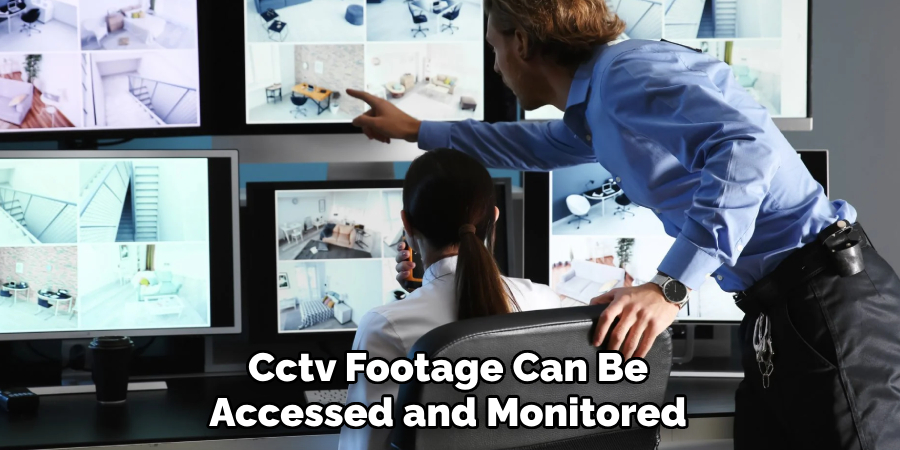
Overall, using a motion sensor with CCTV provides numerous benefits in terms of cost-effectiveness, energy efficiency, accuracy, customization options, crime deterrence and remote monitoring. With advancements in technology, these systems are becoming more affordable and accessible for both residential and commercial use, making it a popular choice for modern surveillance needs.
Conclusion
In conclusion, connecting a motion sensor to your CCTV system is an effective and efficient way to enhance the security of your home or business. Whether you are looking for an extra layer of protection or simply want to be alerted when movement is detected, this simple integration can greatly improve the overall performance of your surveillance system.
With the advancements in technology, it is now easier than ever to connect motion sensors to CCTV systems. You can choose from a variety of sensors, including passive infrared (PIR) sensors, microwave sensors, and dual technology sensors, depending on your specific needs and budget. I hope this article has been beneficial for learning how to connect motion sensor to cctv. Make Sure the precautionary measures are followed chronologically.
About
Safety Fic is a distinguished figure in the world of Diy design, with a decade of expertise creating innovative and sustainable Diy solutions. His professional focus lies in merging traditional craftsmanship with modern manufacturing techniques, fostering designs that are both practical and environmentally conscious. As the author of diy, Safety Fic delves into the art and science of Safety Fic-making, inspiring artisans and industry professionals alike.
Education RMIT University
(Melbourne, Australia) Associate Degree in Design (Safety Fic) Focus on sustainable design, industry-driven projects, and practical craftsmanship. Gained hands-on experience with traditional and digital manufacturing tools, such as CAD and CNC software.
Nottingham Trent University
(United Kingdom) Bachelor’s in diyfastly.com and Product Design (Honors) Specialized in product design with a focus on blending creativity with production techniques. Participated in industry projects, working with companies like John Lewis and Vitsoe to gain real-world insights.
Publications and Impact
In diy, Safety Fic his insights on indoor design processes, materials, and strategies for efficient production. His writing bridges the gap between artisan knowledge and modern industry needs, making it a must-read for both budding designers and seasoned professionals.
